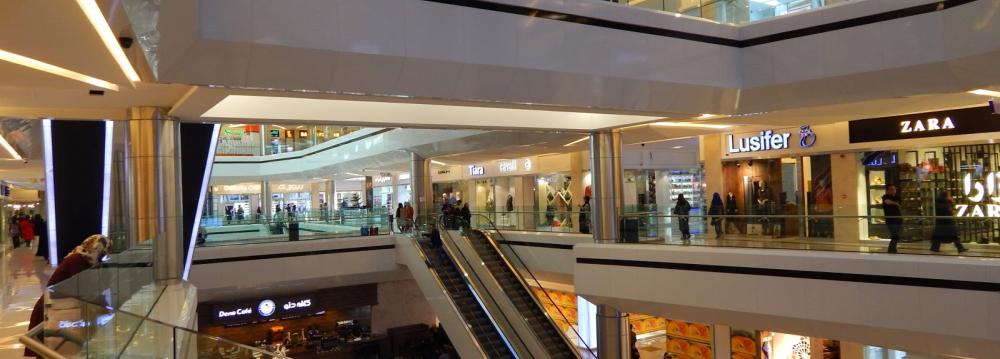Iranians love high fashion, but luxury companies planning to tap Persian appetite for designer clothes and bags are facing stiff competition from their very own brands–albeit fake ones.
Cut off from the global economy by international sanctions over the past decade, Iran’s importers have had a tough time bringing in real European goods that the growing middle class wants to buy. Fakes–many of high quality–have been meeting that demand, reads a Wall Street Journal article. Excerpts follow:
In the walkways of Tehran’s central bazaar, many shops offer convincing copies of Gucci belts and Cartier handbags. One young vendor sells a fake Louis Vuitton belt made in Turkey for about $8; the authentic product retails for around $400.
“I have the box if you want to wrap it as a gift,” he offers as a deal-clincher.
Now that most sanctions on Iran have been removed with the country’s nuclear deal, this ecosystem of knockoffs is confounding genuine luxury retailers, slowing their entry into a promising new market.
Industry analysts see the youthful, oil-rich country of 80 million as an exciting prospect for retailers of the world’s most famous brands.
Per capita consumer spending in Tehran’s urban core averaged $4,700 last year, the highest level in the Middle East, according to the London-based Planet Retail.
Roberto Cavalli opened a boutique in Tehran’s wealthy Zaferaniyeh neighborhood last February, and Versace followed in April, both in partnership with Iranian businessman, Farshid Jamali.
“Sales have been satisfactory, but lower than what we expected,” Jamali said.
The reason, he said, was that many wealthy Iranians are not well informed about the change in the retail landscape and still assume luxury goods in local boutiques are convincing fake versions of the western brands they profess to be.
There are no statistics on the market for fake fashion in Iran. While making and selling knockoffs is technically illegal, they are sold openly, with little sign of government oversight.
Consumer doubt has been reinforced by players like Zilan, a company that has imported clothes made by Zara and other brands under Spain’s Inditex SA since 2006. Its stores look like official Zara outlets, according to its website.
Zilan’s existence means Zara would face competition with unlicensed, rogue versions of its own stores if it entered Iran.
An Inditex spokeswoman said Zara had no stores in Iran and declined to comment further. Zilan could not be reached for comment. Zilan is using the Zara brand and selling Zara clothes, but there is no relationship between the companies.
“While Iran has well-functioning trademark laws, Inditex would have to register its Zara brand and go to court to shut Zilan down,” Sadegh Shamshiri, an intellectual property lawyer at Hengam Legal Services in Tehran, said.
“That process would take at least a few months.”
Iranian consumers have grown used to a market littered with fake goods, and in some cases prefer them to the real thing because of their affordability and availability.
One Tehran-based importer of fakes from China, who would only identify herself as Forouz for fear of legal liability, said interest in counterfeit goods began to pick up a year or two ago as upwardly mobile Iranians grew more brand-conscious.
“My Gucci sandals sold out and I am now going to China to buy more,” said Forouz, who advertises using the Instagram handle mezon.blanche.
“Women love them. I have customers who drive Toyota Prados, own holiday villas in northern Iran, but they don’t pay for the original.”
Even if the Iranian government tackled the impostor problem, foreign luxury brands still face the challenge of changing consumer habits.
“Right now, our goods are 40% less expensive than the same in Dubai, but there is a perception here that it’s expensive anyway,” said Jamali, the Iranian businessman backing the Roberto Cavalli and Versace boutiques in Tehran.
“Luxury brands learned from setting up shop in China in the early 1990s that being a pioneer in a market with large potential can pay dividends, even if the business is not an immediate success,” said Armando Branchini, the vice chairman of the Milan-based Fondazione Altagamma, a foundation that represents Italian luxury brands.
Branchini noted that it took until the early 2000s when China joined World Trade Organization for Italian luxury brands to begin reaping their rewards there.
“The pioneers benefited years later from having their reputation established much better than the second followers,” he said.


